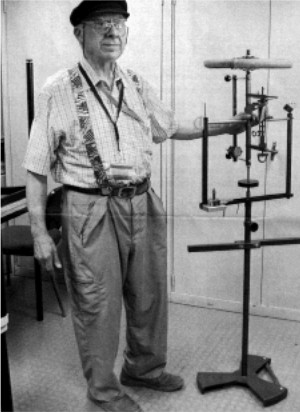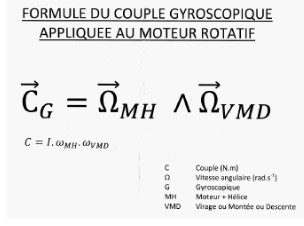Updated: 06-Sep-2023
ROTOTO
(France)
Rototo is the generic name given to the WWI rotary radial engines manufactured in France by Gnome and LeRhone.
-It turns out that the author's surprise has been to discover that a good collaborator of this publication, Mr. Guy Leclerq, now retired and an important member of the Association of Friends of the Snecma-Safran Museum, is dedicated - among other tasks - to giving a master class about the problems that rotary engines inherently had during piloting.
-He normally works with his colleagues to rehabilitate material, especially engines, which then go to the Le Bourget Museum or stay in the Villaroche Museum itself. He attends to missions and groups that visit the Snecma-Safran factory - attached to the Museum. This factory produces the CFM-56 engines for the Airbus and Boeing 737, the military engines for the Mirage, Rafale, Etendard, etc. and also the Vulcain of the Ariane.
-In his active life he was at the beginning of the engine birth: working with the machine tools that made the engine parts, that would later go on to assembly and testing, and would finally be flying on their corresponding airplane.
-The author RMV, who writes these lines, was at the end of this chain: that of maintaining that each engine and airplane gave the same performance as the day it left the factory.
-So we are both at each end of that chain of the machine's life.
-Guy's undoubted knowledge and background is evident when almost 100 years later he keeps the flame alive regarding the knowledge of rotary engines.
-After this introduction, to get to know the character, we will say that the problem of handling an airplane with this type of engine requires knowledge about the gyroscope and the gyroscopic effect.
-It was considered the enemy of the rotary engine, and the larger the engine the greater was the harmful effect.
-Hence its limits. Through this aero engines A to Z publication we know countless brands and models.
-The pilots had to know these effects that we later have seen being applied to many devices and instruments, I am referring to gyroscopic instruments such as gyro-directional, artificial horizon, turn indicator, etc.
-As for piloting, coinciding with the axes of the plane, which are the vertical, lateral and longitudinal.
-To understand the gyroscope there is nothing better than the “right hand rule” and the new nicknames applied to the plane appear, in French: Roulis, Tangage and Lacet.
-In fact, when attempting roll maneuvers another effect is produced (at 90º) of rearing or diving depending on whether it is to one side or the other. And vice versa, when trying to chop or lift, a tilt occurred.

“My unforgettable character: Guy with his device”
-With deep knowledge of the subject, he shows up to his lesson with the device with which he poses - built by himself - with a bicycle wheel that simulates the rotary engine.
-The different three-shaft mobile benches transmit unprecedented forces in the most unexpected directions for the neophyte.
-We have seen many movies in which the “Red Baron” maneuvers easily with his Fokker triplane. Now, after listening to Guy or looking out the window that this chapter is opening, we are going to think and reason more about the flight of these machines.
-Perhaps it no longer seems so exceptional to us that when the new Hispano-Suiza V8 engine appeared on the scene of WWI, its greater power, performance and reliability gave the flight a stability and maneuverability without surprises that has reached today's airplanes.
-And all scientifically based on the following formula:

“Gyroscopic effect formula”
-We hope to be lucky enough to attend one of his master classes. Thank you Monsieur Guy Leclercq de la Regule.


